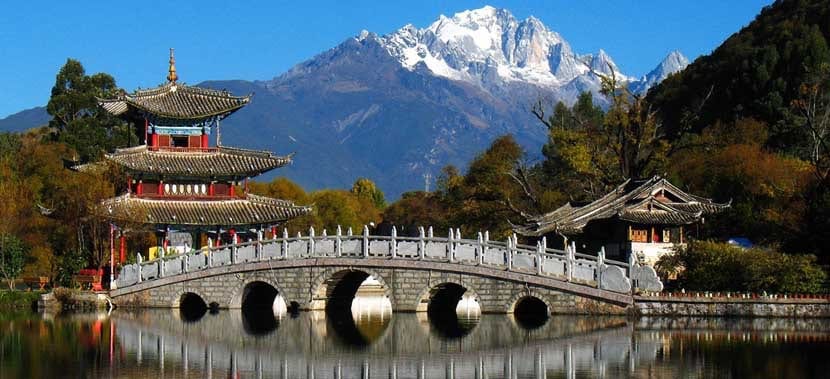
Maybe many are now discovering ChinaBut it is one of the oldest countries in the world and has one of the most fascinating cultures. It is worth traveling and getting to know it, but not in a simple and fast trip but to take things a little more seriously and go as well prepared as possible.
A country, China or another, is much more enjoyable when you know something about its history, its culture, its geography. When you know where you are, why this thing was built, why that thing happened. That is the best way to approach it and that trip is the one we propose to you today in Actualidad Viajes: everything you need to know about China before traveling.
Brief history of China
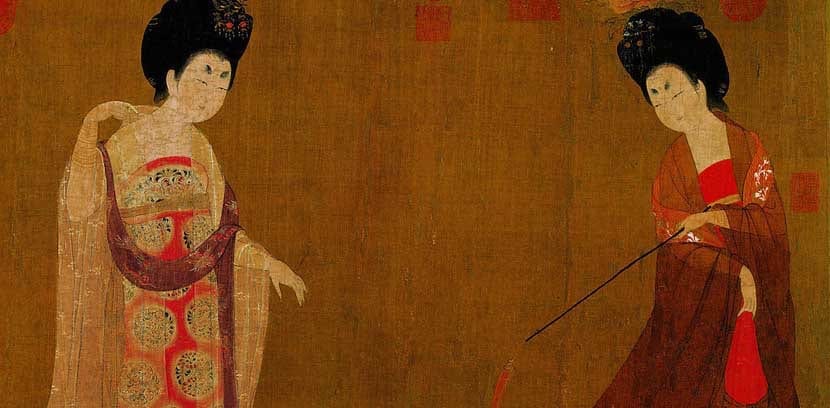
Han Dynasty
The history of any nation is hidden in the mists of time, in different tribes expanding until, with the passage of long time, give rise to modern kingdoms, empires or nations.
China has five thousand years of history and this is divided into five periods: the Primitive Society, the Slave Society, the Feudal Society, the Semi-feudal and the Semi-colonial and the Socialist Society. Through these five periods powerful lords appear, there are civil wars and several reigning dynasties that emerge and fall over the centuries until the formation of the People's Republic of China in 1949 and the forever overthrow of the monarchy.
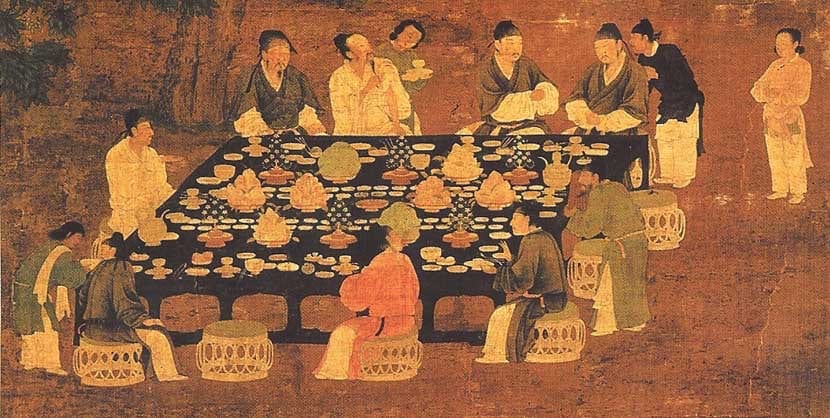
Tang dynasty
Among the latests Moravia's compositions best known and important dynastiess, which marked the development of Chinese civilization, we can name the Yuan, Ming, Qing, Song and Tang Dynasties. The latter has been one of the most brilliant as it has led China to be a powerful and rich nation, and the same has happened to the Ming Dynasty, a period in which capitalism began to develop in China and the industry of the porcelain that ultimately favored urbanization and markets, steps on the road to a more modern society.
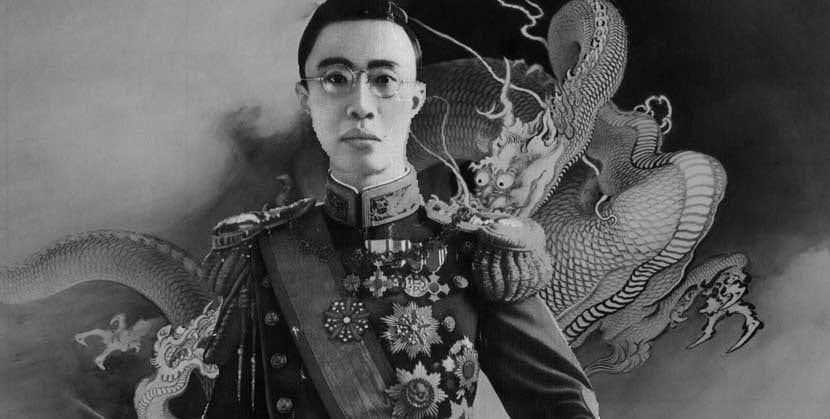
Last Emperor of China
The last Chinese dynasty was the Qing, whose emperor, Pu Yi, went down in history by becoming The Last Emperor of China in the early XNUMXth century.
Chinese culture
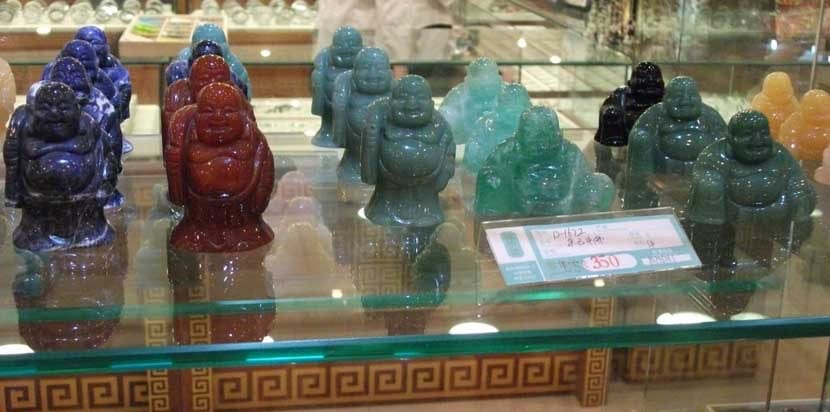
Chinese Jade
We all know that Chinese culture is fabulous. Chinese crafts and art are two of its most valuable treasures. In these five thousand years of history, Chinese artisans have done nothing but create wonders with whatever material they had at their fingertips. They have also given life to beautiful operas, unique and immortal music, they have reflected on the human being, on religion and have also masterfully observed the stars and their movements.
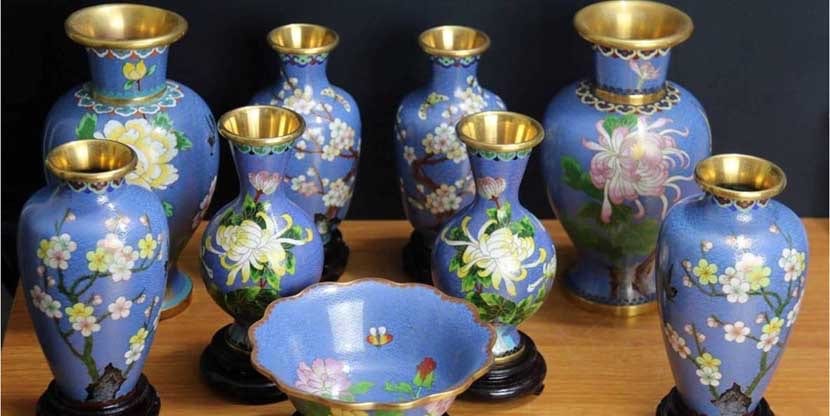
Cloisonne
El chinese jade, the metal art known as partition, the bronze vessels, the chinese calligraphy, embroidery, folk toys, Comets made of paper and bamboo, lacquered vessels in various colors
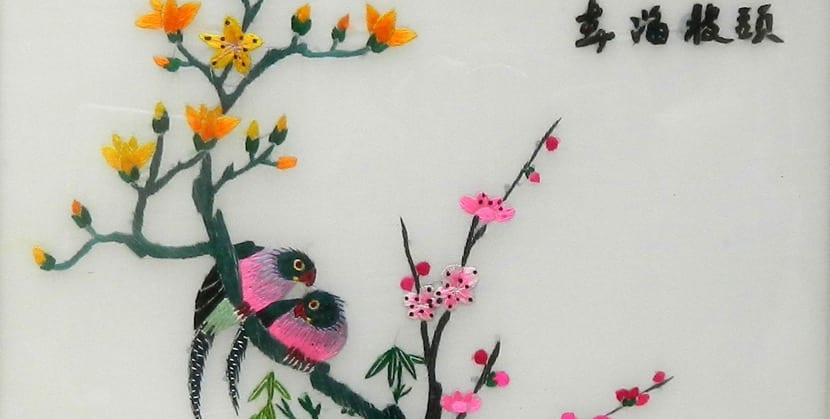
Chinese embroidery
Also the chinese stamps made of metal, jade, animal teeth or horns, the puppet theater and of course, silk and all the products derived from the silk threads that a simple worm can weave in its short 28 days of life. All this is part of the cultural heritage of the Chinese.

Chinese stamps
Today, science and medicine books are enriched by this culture and some of its exponents have become good gifts to bring to our family and friends.
China geography
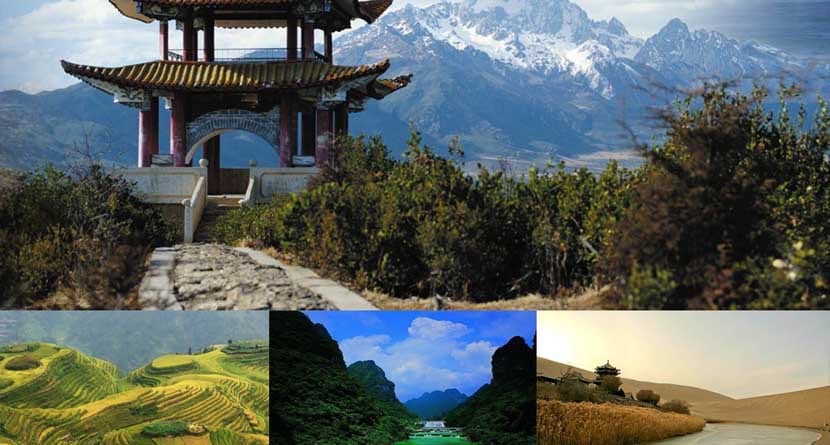
With a map of Asia in hand we see that China is a country huge that travels about five thousand kilometers. It has been divided into five regions: East China, subdivided into three more regions, Tibet and Xinjiang - Mongolia.
China's geography is very varied and has mountains, grasslands, glaciers, hills, dunes, karst terrain, volcanic calderas, beaches and forests. In addition, in Tibetan lands it is the highest mountain in the world, the Mount Everest (almost 9 thousand meters high), surrounded by other towering mountains, which is why this area is known as "the roof of the world."
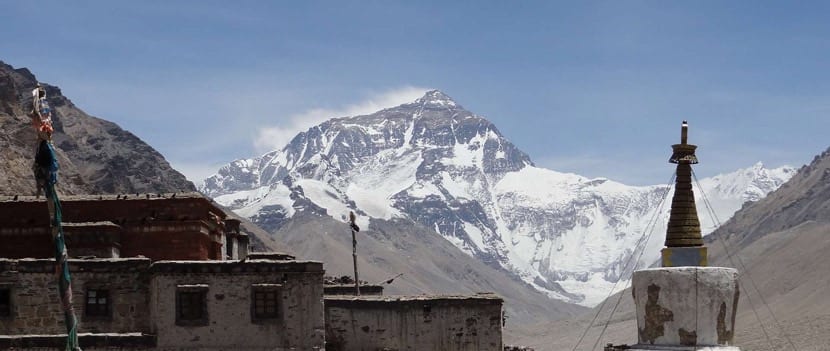
Mount Everest
China has 50 thousand rivers and most flow into the Pacific. The Yangtze River It is the most important river, with 6300 kilometers it is behind the Amazon and the Nile. The famous Three Gorges Dam, a marvel of modern engineering, has been built on it. There is also the Yellow River with more than 5 thousand kilometers of extension. Along and around the rivers, Chinese civilization has grown.

Yangtze river
It must be said that since China is such a large country there are different climates and that allows there to be different flora and fauna in which each of these regions. That is why there are both camels and horses such as leopards, monkeys, wolves, antelopes or pandas.
Attractions in China
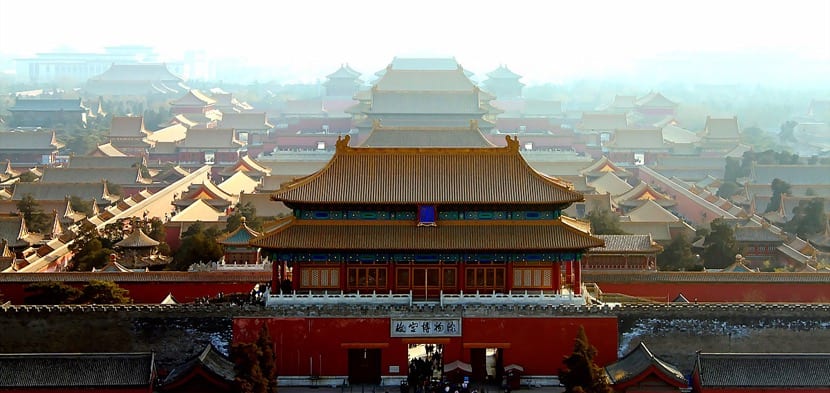
Forbidden City
Many tourists are concentrated in only one part of China: Beijing, Xian, Shanghai, Hong Kong. I understand them, they are easy places to join and with many tourist attractions. But China is huge, so if you are thirsty for adventure, the ideal is to lose a whole month and be willing to walk a lot.
In Beijing we cannot miss the Forbidden City, the old imperial city with hundreds of buildings and thousands of halls. I recommend watching the movie before The last Emperor Well, it was filmed right there and it gives us a good lesson in architecture and history.
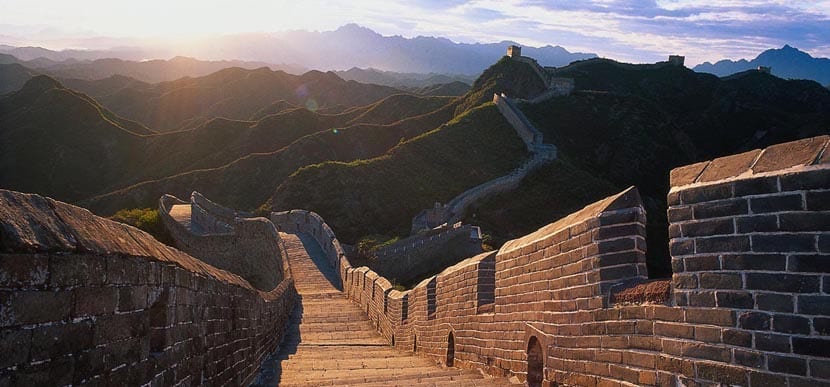
Wall of China
Also Tinanamen Square, Mao's Mausoleum, National Stadium, Heaven Temple, the Ming Tombs, summer Palace, sections of the Wall of China that are close and the hutongs, the traditional Chinatowns of narrow streets and old houses with courtyards.
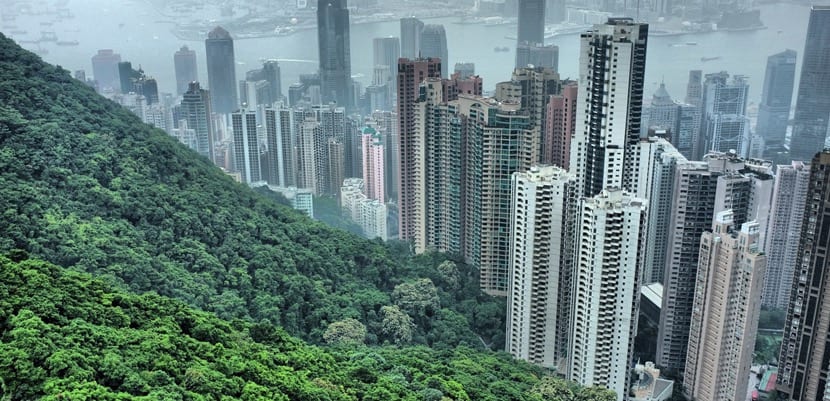
Hong Kong
En Hong Kong, on the southeast coast of China, you must visit Victoria Bay to contemplate the landscape of skyscrapers, Victoria peak, the hill that can be reached by tram, the Avenue of the Stars, Wong Tai Sin Temple, Causeway bay, Repulse Bay and then just walk and walk.

Shanghai
En Shanghai the best street of all is nanjing road. There is the Shanghai Museum, the Oriental Pearl Tower, Jade Buddha Temple, The Bund and the beautiful Yuyuan Garden. As excursions I recommend not to miss the centennial "aquatic towns" of Qibao y Zhujiajiao.
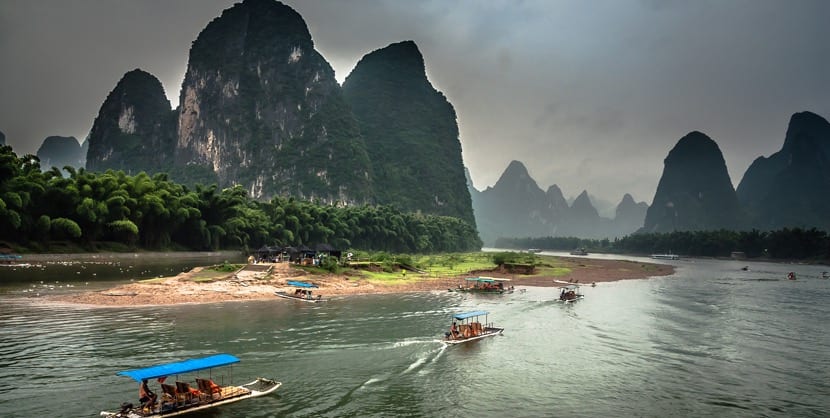
Guilin
For typical Chinese landscapes it is Guilin: hills, lakes, rivers, bamboo forests, fabulous caves. In Guilin the tourist attractions are the Cave of the Red Flute, Elephant Trunk Hill, the Seven Stars Park, the rice terraces and cruises on the Li River.
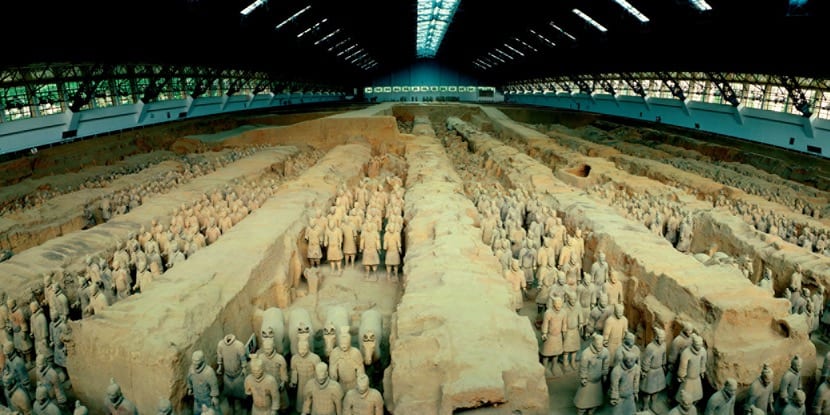
Terracotta warriors
Xian is a city with more than three thousand years of history and its attractions include: Terracotta warriors, the best preserved medieval walls in China, the Bell Tower, the Famen Temple, the Giant Goose Pagoda, the Tang Palace and a couple of interesting dynastic mausoleums.
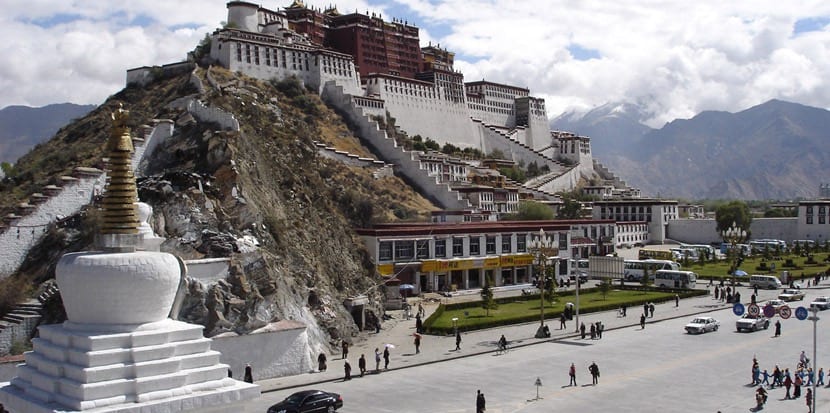
Lhasa
Tibet It is an autonomous region and a special permit is required to enter. Once inside the mandatory visits are Lhasa, the capital, with its streets and its temples: the Sera, the Ganden and the Deprung, especially. And don't stop going to him Celestial lake, a sacred lake that is at an altitude of 4720 meters.
There is another Tibetan city called shigatse It is worth knowing and the Tashihunpo Monastery and the Shalu in the first place. There is also the Palace of the Panchen Lama.
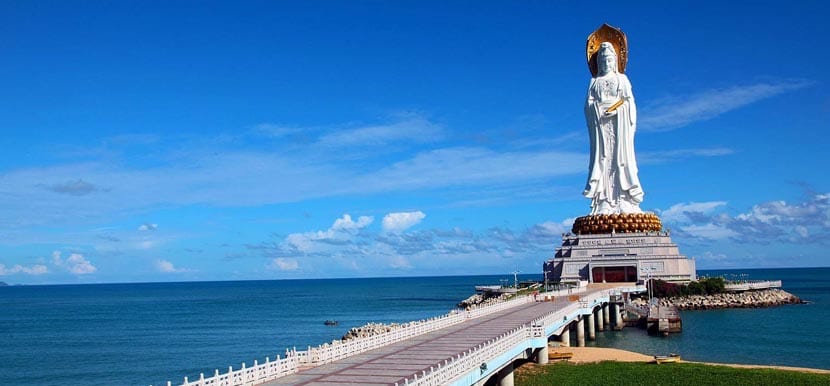
Sanya
If it is about beautiful beaches you must know Sanya, a coastal city from Hainan province that knows how to combine mountains, sea, rivers, city and beaches very well. Following on the coast is Xiamen, but in Fujian province, one of the most important port cities in China for centuries.
And to get lost in China there is nothing like Inner Mongolia. It is an autonomous region that is located between the Republic of Mongolia and Russia. It is the widest Chinese province of all and the third in size. It has 24 million inhabitants and various ethnic groups.
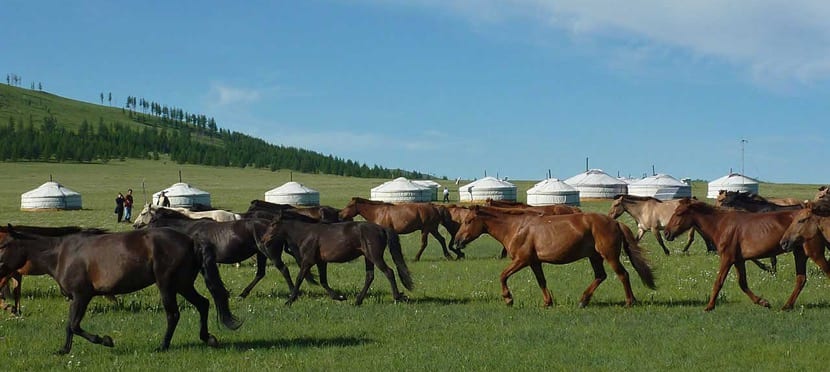
Mongolia
As the climate is very variable during the year, it is advisable to avoid the cold and long winter and take advantage of the summer, which, although short, is warm. It is the land of Genghis Khan so there is the Genghis Khan Museum, but there are also temples, pagodas and green and wide grasslands where tourists can experience the nomadic Mongolian way of life. A pleasure.
The truth is that China is a fascinating country and I have fallen short of everything I have told, but that is precisely what makes it special: it does not matter how much they tell you, how much you read, how many photos you look at. China will always be more when you finally visit it.
Your comments are very useful, I am about to go to China in April, I will take them into account